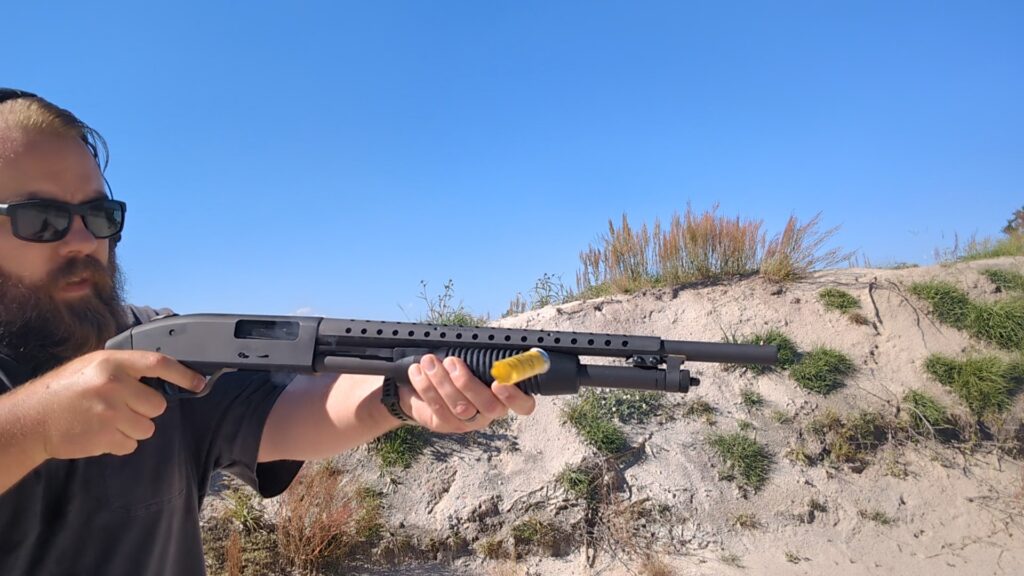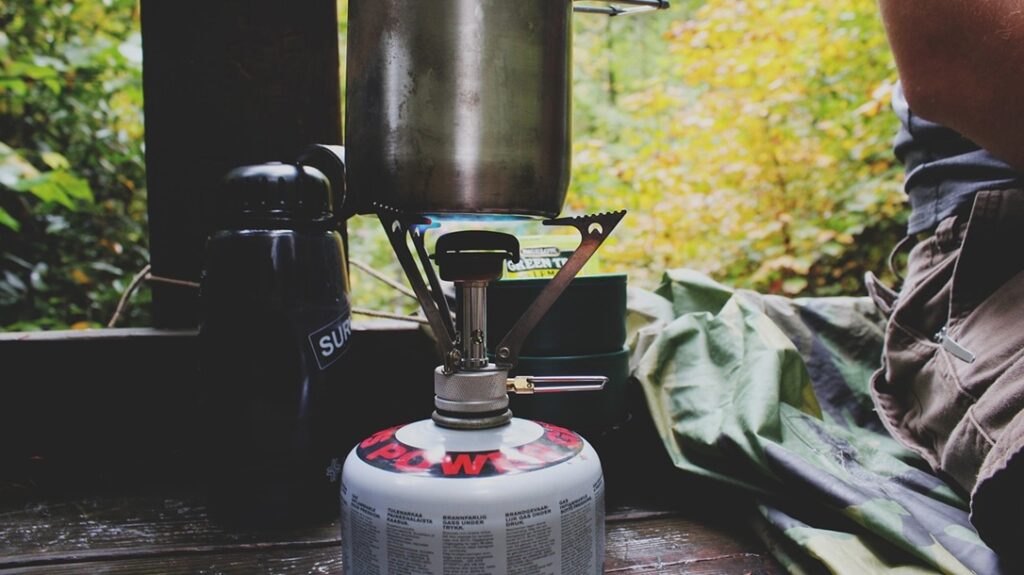We tend to talk about the “rules” of gun safety a lot, but when we have these conversations it’s often without context. For example, the first rule: All guns are always loaded, or how it’s often said “treat all guns like they’re loaded.”
The problem right off the bat with the first rule is that we don’t do that. Or if we did, we would never clean our guns, dry fire our guns, or repair our guns. It’s a fact that we quite frequently treat guns like they’re not loaded, and in fact need to be able to do this in order to function with those firearms in any kind of training or competition environment.
In this video, I argue that the phrase all guns are always loaded isn’t a dogmatic rule to be followed, but rather a guideline to get you to do some critical thinking about how you handle guns. This is important, because when people treat safety like dogmatic rules, they tend to shut their brains off and do what the rules say instead of thinking. This leads to complacency, which leads to accidents. Accidents are specifically the end state we want to avoid by having the four rules of gun safety, so instead of repeating the mantra, think about what the rule means.
Advertisement — Continue Reading Below
For me, I interpret “all guns are always loaded” to mean “assume a gun is loaded until you verify its condition yourself.” Any time I make contact with a gun that’s been out of my control, I’ll verify its condition of readiness. When I put my carry gun on in the morning, I check the cylinders first to make sure it’s still loaded, which can be done with the gun in the holster. If I grab a gun out of my safe to dry fire with, I’ll check it to make sure it’s unloaded first. These are important things to do that help preserve both my safety and my readiness.
Instead of saying “all guns are always loaded,” use the four rules of gun safety as a guideline to start thinking about how we apply those rules to our daily lives.















